In-ceiling speaker systems have probably crossed your mind if you're trying to create the ideal home theater setup. They need more work during installation, but the superior, aesthetically pleasing sound cannot be matched.
You might ask what the requirements are for ceiling speakers and ceiling speaker amplifiers in terms of the other standard supporting gear.
- Why Install Ceiling Speakers?
- Why do Your Ceiling Speakers Need A Speaker Amplifier?
- How To Choose An Amplifier For Your Ceiling Speakers?
Why Install Ceiling Speakers?
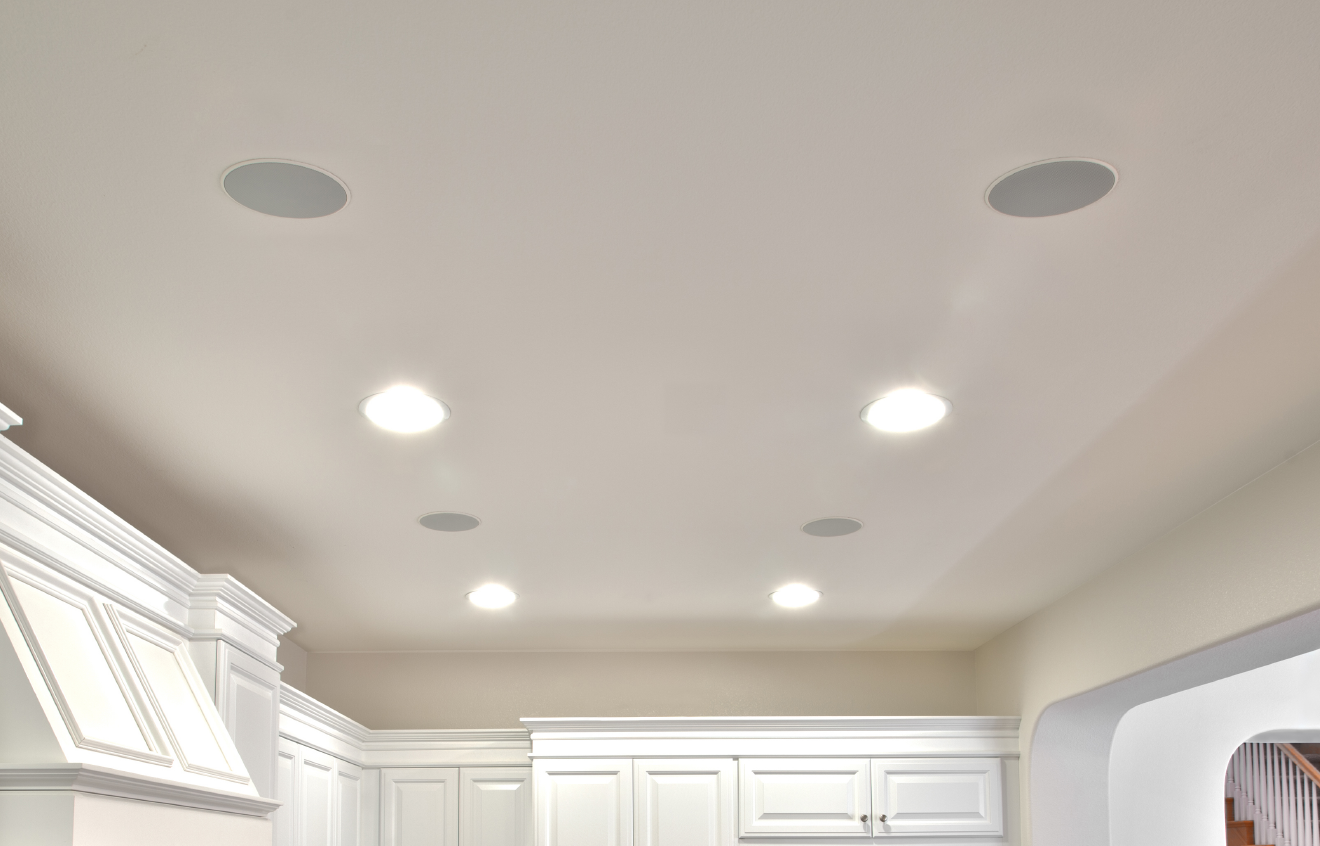
Most building owners are now installing ceiling speakers in all structures, including restaurants, airports, homes, and business buildings. The strong grilles that transmit sound directly into your head make it simple to attach speakers to ceilings.
Most people now prefer ceiling or wall mount speakers over a standard pair of speakers for various reasons. They are the most cost-effective and effective speaker cabinets for ceiling or wall speakers. The following are the primary reasons for installing a ceiling speaker system:
Flexibility - a wide range of options at various price points.
You won't have to worry about where your furniture will go around floor speakers if you decide to install your single stereo speaker on the ceiling. Furthermore, if you get swiveling ceiling speakers, you will have plenty of freedom in where you can position your furniture.
This will result in fewer core speaker cables running around the room. Another aspect of ceiling speakers' flexibility is the wide range of models and price points offered, so there is truly something for everyone. There are alternatives ranging from low-cost background listening to high-end HiFi speakers.
Of course, the amp's cost must be considered when using most ceiling speakers, but again, many options are available to choose the ideal one for you and your setup. Although there are possibilities for individuals with considerably larger budgets, I believe people tend to be hesitant about stereo ceiling speakers because they assume they will be quite expensive.
However, some arrangements are more reasonably priced. For instance, even if it's a single zone amplifier like the Arylic Amp, you can typically put many pairs of speakers on the same amplifier. This works especially effectively in open areas like a kitchen and living room where distinct music is never played simultaneously.
Don't try to install 20 speakers on the same amplifier because each amp has a limit on the number of speakers that may be installed on it. Even speaker switches, which could include an interior and an outdoor zone, can be used. You can build a speaker switch to easily turn one of the zones on and off rather than adding another amp.
A Sonic Choice For The Rear Surround Speakers
For the rear speakers in a home theater system, ceiling speakers, can be a terrific choice. We frequently encounter clients who, for example, lack the space for speakers on a floor stand or don't want their speakers to be mounted on the wall behind their seating area.
Therefore, hanging the ceiling speakers on the ceiling might be the best option here. Receiving surround sound from above also improves the immersion when watching movies by giving the impression that you are in a movie theater with high channels. While some individuals prefer the sensation of in-wall or floor-mounted surrounds, placing your surrounds in the ceiling is undoubtedly a fantastic option if those options are not feasible.
Greater Immersion And Adaptable Positioning
The third point is that ceiling speakers can be placed more freely than wireless speakers. If we eliminate lighting, skylights, and other such features, your ceiling practically serves as a blank canvas. This enables you to produce a great stereo sound and direct the sound to the regions of the room that are most frequently used.
One instance would be the increasingly typical installation above a kitchen island. Place a set over the kitchen island's two sides for a nice stereo effect. Your experience with a wireless speaker will be substantially impacted by where you sit in the room because they are typically front-directional. Since the drivers of ceiling speakers face downward into the room, you may position them in the ideal location within your space, ensuring that everyone enjoys a well-balanced sound throughout the room.
Another short idea is to search for a ceiling speaker model with pivotable tweeters or drivers so you can direct the sound where you want it to go. You may use your ceiling speakers to create a more immersive environment. You can select to place them precisely where you want in the room for the best effect. To fill more of the room, you can also get ceiling speakers with a wide dispersion.
Saves Room And Clutter-Free
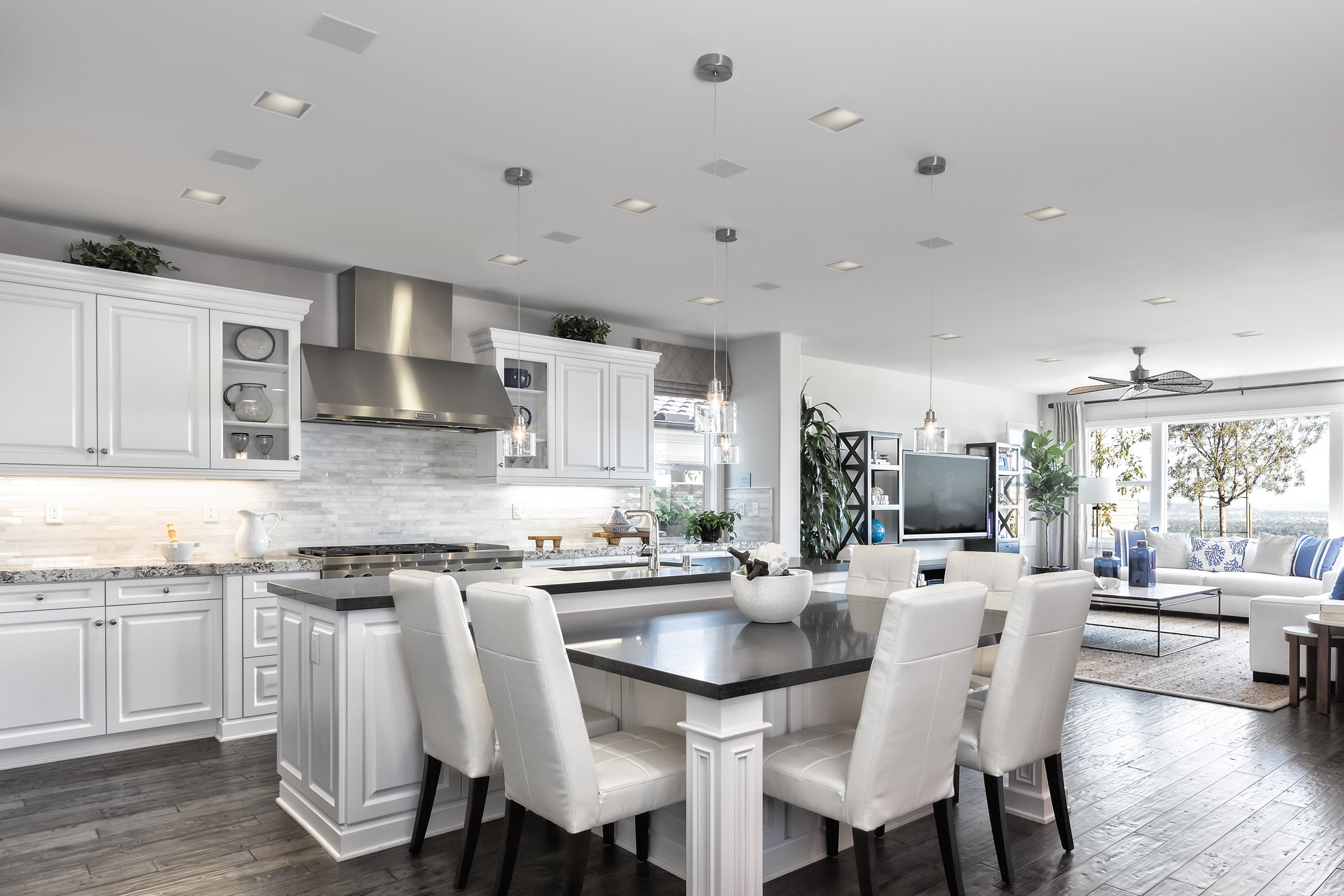
The space you save by mounting your speakers in the ceiling and the resulting lack of wires and clutter are the following advantages. Ceiling speakers are ideal for family houses where you might be concerned about youngsters knocking over speakers or similar items. In general, floor-standing speakers and bookshelf speakers require a specific location in your home and can be fairly large.
Not to mention the tension and concern that come with having young children or even pets running around and the possibility that they could go over. So, resolve this issue by mounting your speakers high on the ceiling.
Aesthetic Clarity
The last disadvantage is the sleek appearance that ceiling speakers provide. There's no disputing how attractive ceiling speakers can appear after they've been mounted there. You and your guests won't even know the speaker is present because all you see is a spotless white grill, typically spray-paintable, so you can completely match the color with your ceiling.
Your ceiling is where all the magic takes place, out of sight. Speaking, ceiling speakers add nothing to the space. Like strolling into a store or restaurant and not knowing where the music is coming from, music will blend seamlessly without you noticing. Therefore, ceiling speakers might be helpful if you attempt to maintain a simple, minimalistic finish in your room.
Why do Your Ceiling Speakers Need A Ceiling Speaker Amplifier?

Most of the time, passive speakers are installed on walls and ceilings. As a result, they do not need to be connected to a power source. They need to be connected to an amplifier or receiver that can also act as a power source. Which is passive ceiling speakers.
If you care about sound quality, an amplifier is a must-have item. The pleasure of listening to music in your home theater can be enhanced by adding an amplifier since it can produce cleaner sound, greater power, and better performance.
Better Sound Quality
An amplifier can enhance the sound of your system by serving as a power supply to drive your speakers without wearing them out effectively. The built-in amplifier of a factory radio falls well short of the sound quality that an independent aftermarket amplifier can provide.
Volume
Your stereo occasionally cannot compete with loud traffic, an air conditioner, or an engine. By using an amplifier, you can hear your music by increasing the volume.
More Functions
Some amplifiers can add more features to your ceiling speaker for more functionality. Such as Arylic SA100 Wireless on wall amplifier can add WiFi, Airplay, Spotify Connect, and Bluetooth 5.0 wireless streaming capability to your ceiling speakers. Turn your ceiling speakers into wireless ceiling speakers.
And you can accept versatile audio sources in one SA100 Wireless on-wall amplifier. Like online music, radio, NAS, USB stick, digital audio, optical input, analog audio inputs., CD player etc. And control it wirelessly with the FREE iOS & Android App: 4STREAM or play through a web browser. Turn your ceiling speakers into a smart home audio system.
How To Pick The Right Amp For Your Ceiling Speakers?

A ceiling speaker is an important part of a home theater. The sound quality will be degraded if you don't match the speaker with a proper ceiling speaker amplifier. The room must be acoustically treated to improve your home theater surround sound, whether you have 6, 5, 4, or 3 speakers, like a Surround Sound Speaker System.
You might want to know about the factors that matter when choosing ceiling speaker amplifiers, especially if you don't want to go broke on doing so. There are a lot of details one must consider when doing this task, from the number of channels one needs to the size of the devices themselves (speakers). It isn't very clear but allows me to help you here.
Impedance
Impedance is measured in ohms. The total ohm load of the ceiling speakers must be exactly the right value for the amplifier since audio amplifiers are typically built to operate with 4, 8, or 16 ohms of resistance.
If this value is met, the system will perform at its best. Reduced power will be sent to the ceiling speakers if the total ceiling speakers impedance is too high. The power delivered to the ceiling speakers will be higher if the overall impedance of the ceiling speakers is too low, which could overwhelm your speakers and harm the amplifier.
Any number of speakers may be connected to a single amplifier so long as they are all properly wired and do not collectively fall below the amp's specified output impedance.
Power
Watts expresses power, the rate at which energy is transported. The technical specs will also list your speaker's power rating. There are presumably various power ratings available. Peak power is the most short-term power that a speaker can tolerate without breaking.
Type- I pick a class d amplifier
Various circuit designs are used in power amplifiers (Class A, B, AB, etc.). Historically, Class A and Class AB designs have dominated the market. Despite having the highest sound quality, these speakers are enormous and heavy due to their components, and they use a lot of electricity and produce a lot of heat.
Class D power amplifiers have dominated the live sound industry for the past ten years. While preserving sound quality adequate for sound reinforcement, this amplifier provides as much power as Class A or AB amps but considerably more effectively.
It also significantly reduces the height and weight of your amplifier rack.
Sensitivity
What makes sensitivity important? It has a direct bearing on how loud a speaker becomes. In the same space, when both power and distance are equal, a speaker with a lower sensitivity (let's say 85dB) will sound quieter than a speaker with a higher sensitivity (let's say 88dB).
A speaker's sensitivity does not determine how excellent it is. Still, a higher sensitivity speaker may prevent you from needing to purchase a larger amplifier to achieve your preferred listening levels. Another interesting tidbit regarding sensitivity: Amplifier power must double for a speaker's SPL to increase by 3dB.
To produce 88dB of sound, our HDP6s require one watt, two watts, four watts, and so on. In contrast, the sound quickly diminishes. When your distance from speakers doubles, prepare for a 6dB drop in volume. And for this reason, we can't simply choose an amplifier and speakers with a few compatible specs and hope for the best.
Using an Amplifier That Is Underpowered or Overpowered?
The speaker's restrictions can be exceeded by selecting an amplifier that can output too much power. To protect your equipment, you would ideally turn it down as soon as you notice speaker distortion. When the speaker starts to distort, it poses a threat to itself. It would help if you reduced the amplifier's volume when it reached that point.
As long as the overpowering amplifier isn't turned up hot enough to give the speaker too much power, it can easily give the speaker the power it needs! However, selecting a weak amp that fails to deliver sufficient power to the speaker increases the risk of harm. The speaker won't be able to perform at its best if the amp isn't powerful enough. You might have a propensity to increase the signal strength repeatedly.
But after a while, that will result in the system's clipping. The waveform will be warped instead of getting louder, which may lead to the speakers overheating.
Conclusion
A precise formula for pairing amplifiers and speakers does not exist. Any item combination you obtain could suffer harm if the wrong gain structure is applied. I suggest picking an amplifier that can deliver around twice the speaker's continuous power rating.
Remember that doubling the wattage only results in a three-decibel change. This will enable the amplifier to deliver sufficient power to the speaker while preserving extra headroom to prevent the amplifier's tendency to overdrive the input.
The easiest method to avoid damage and get the best sound quality is to use speakers that are made to deliver the right amount of sound pressure for the task at hand. This will stop you from unintentionally cranking up the speakers past their recommended volume.
 |
Author / Wade Maltz I am Wade Maltz, an Audio Engineer and Musician with nearly 20 years of experience in the field. I specialize in High-End Audio, and I love tinkering with speakers, amps, and anything related to making music sound great. I am always looking to help others learn more about sound and how they can improve their own listening experience. |


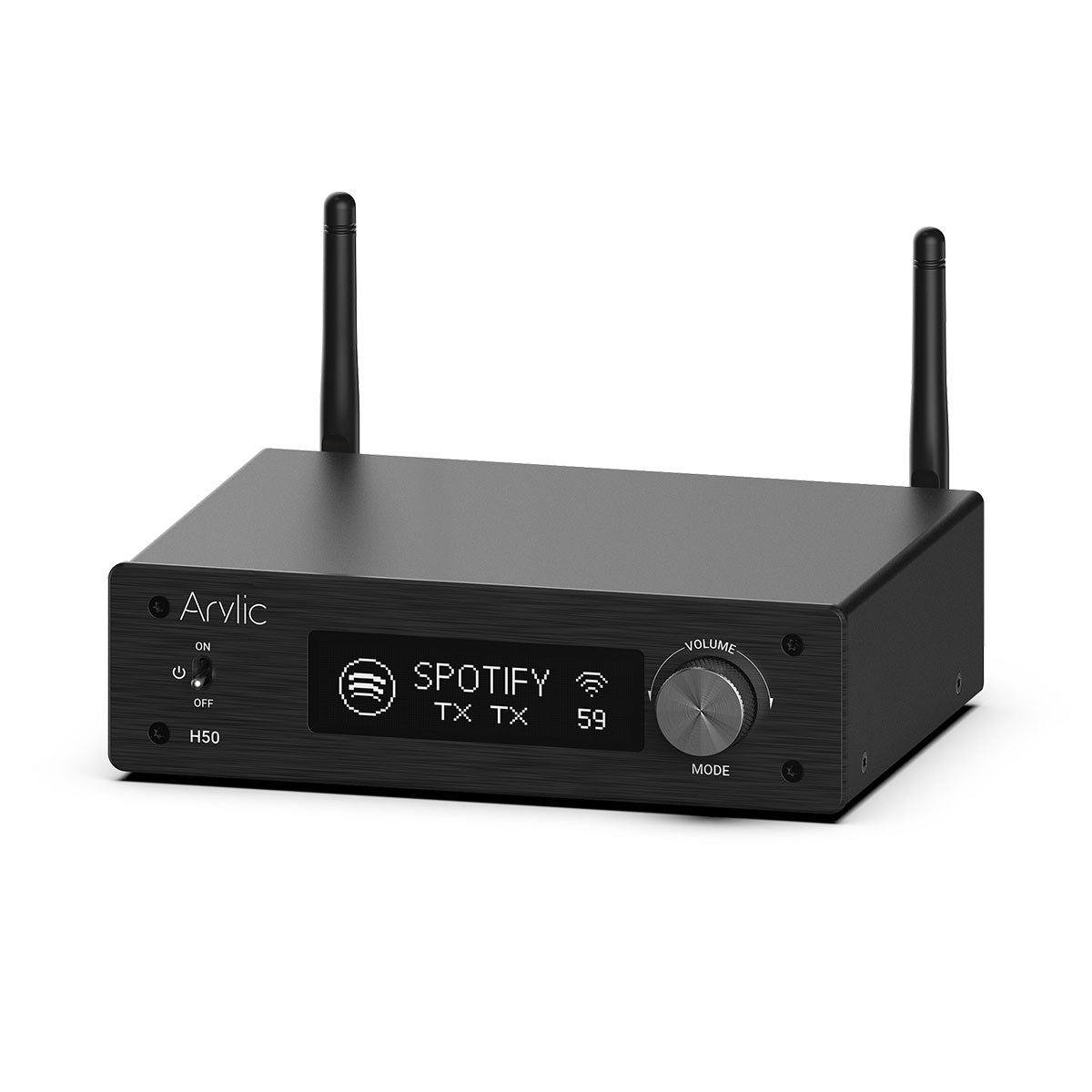
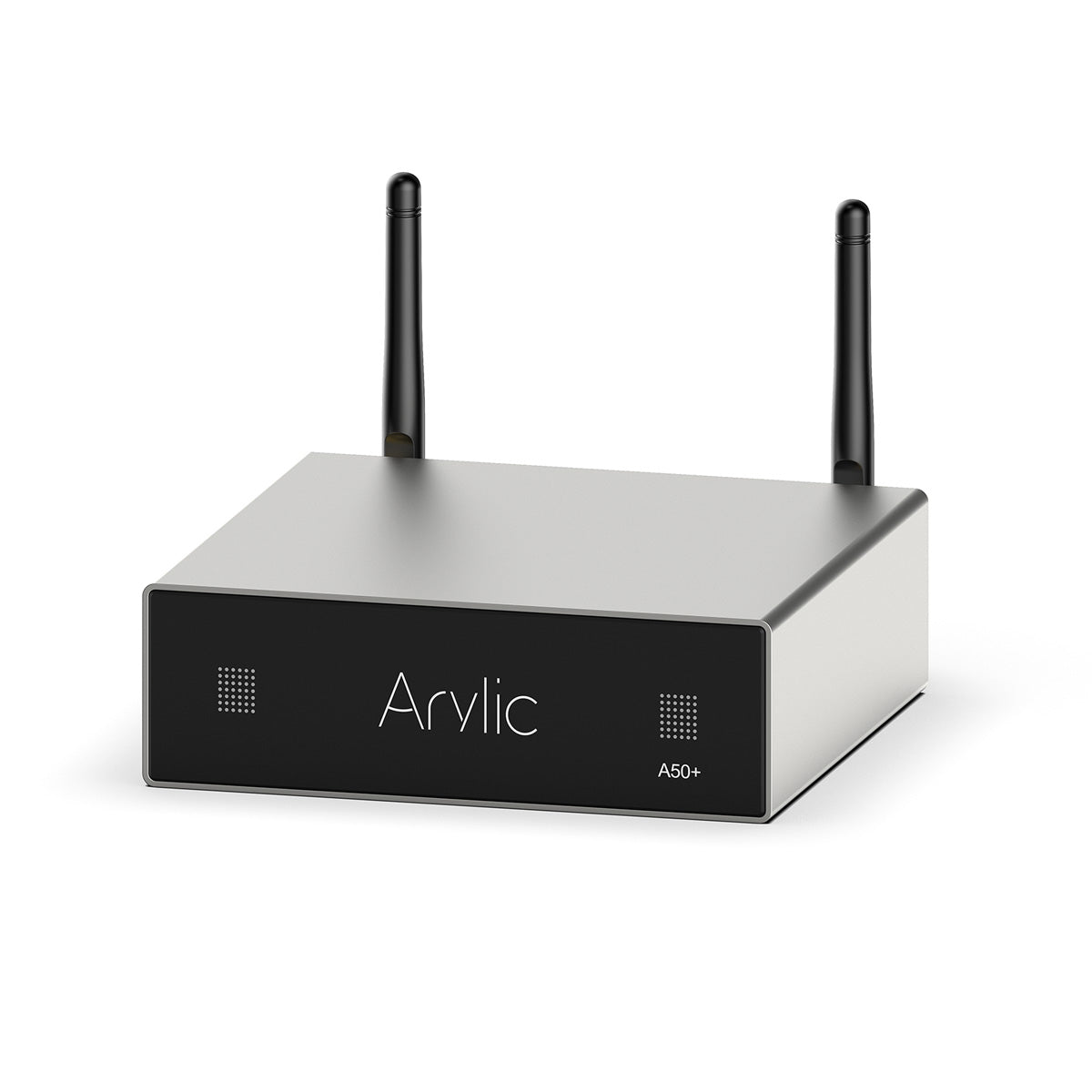
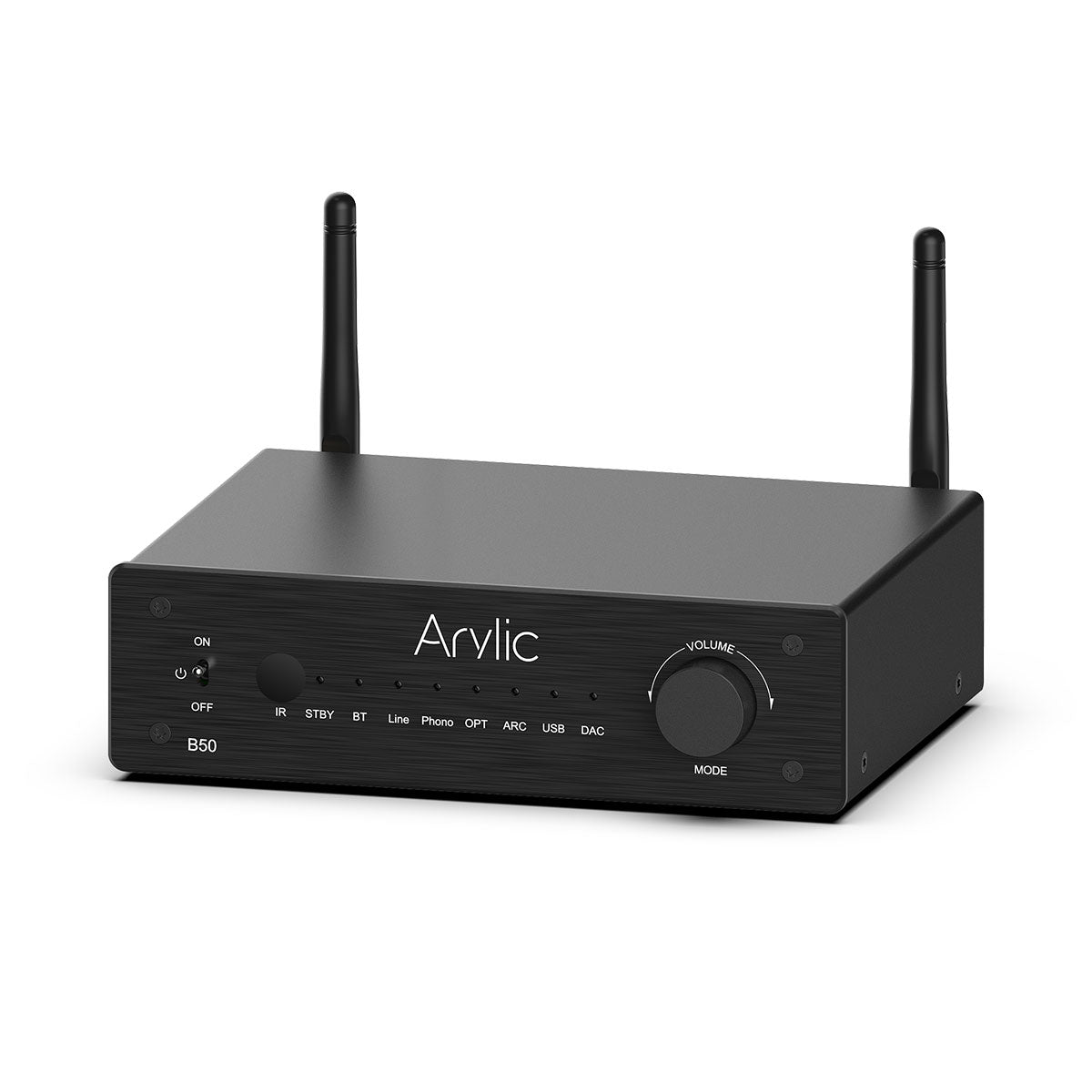
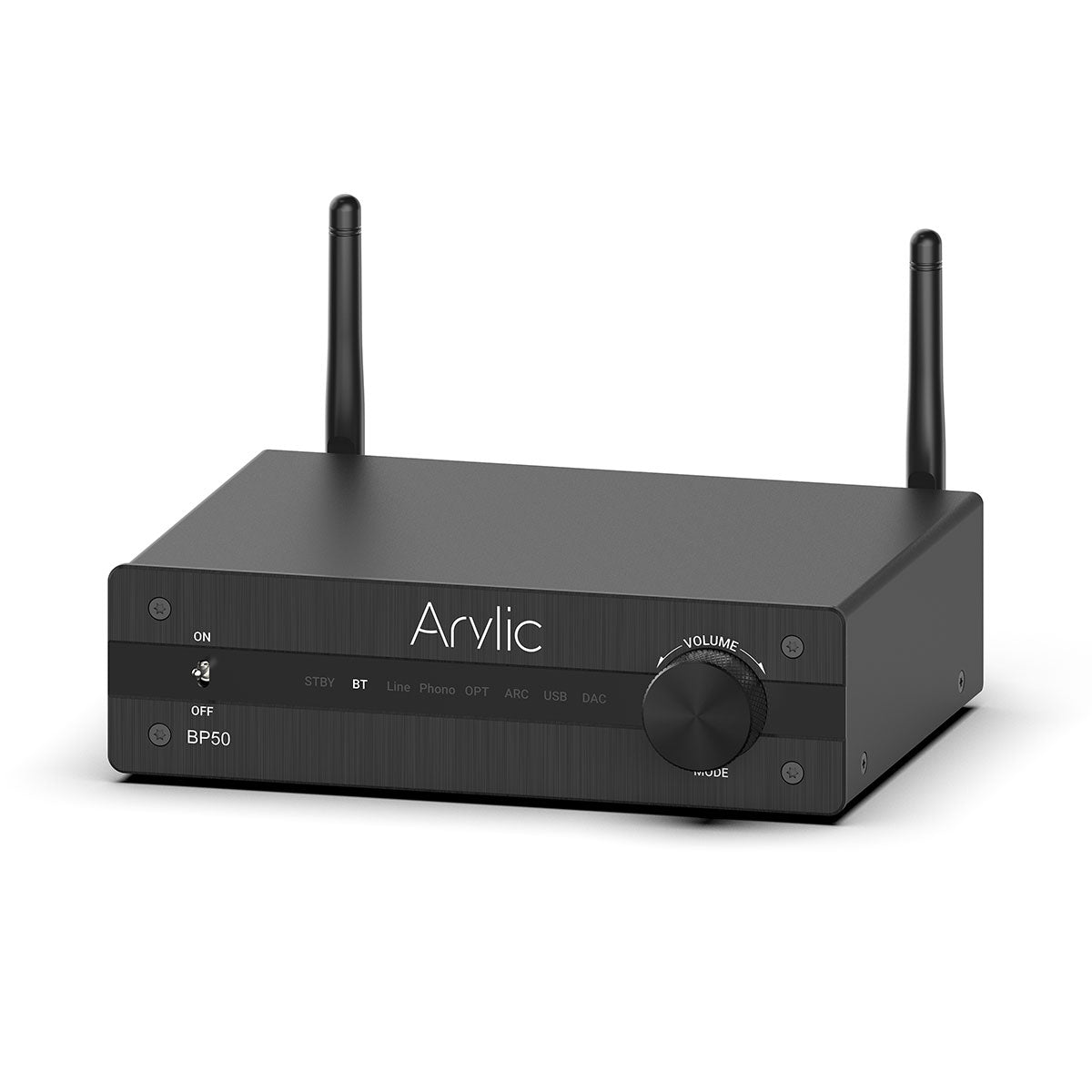
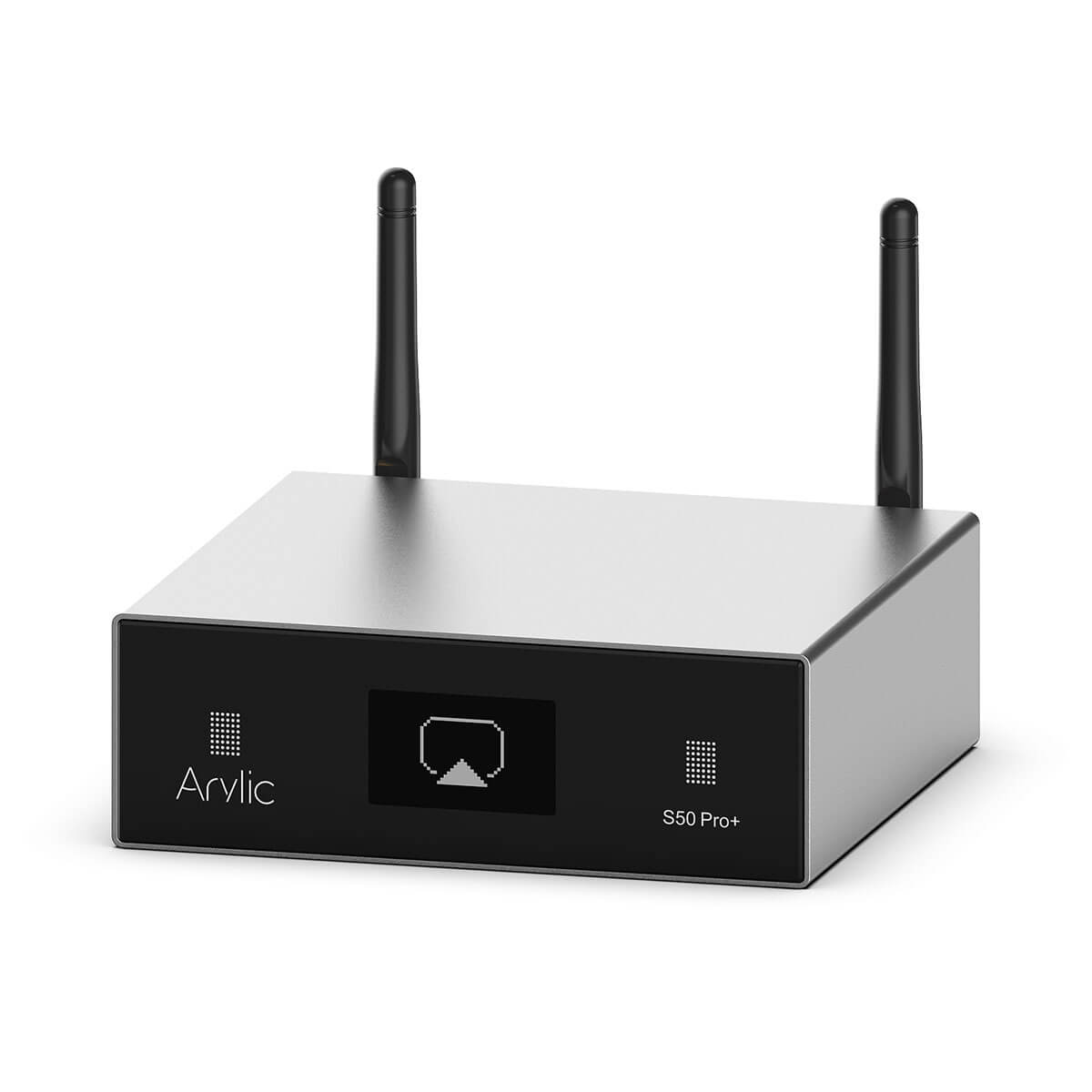
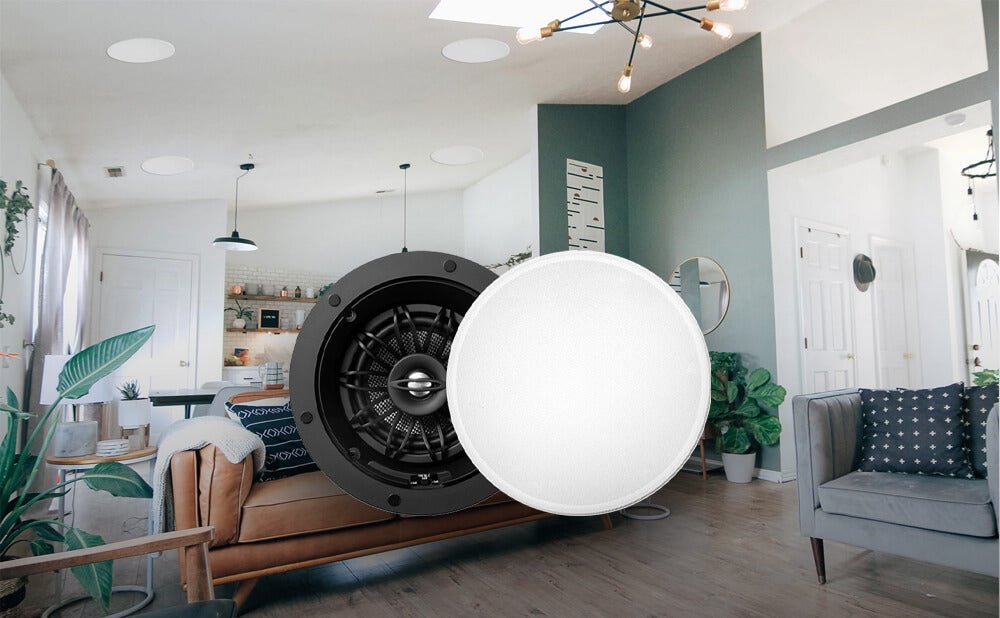
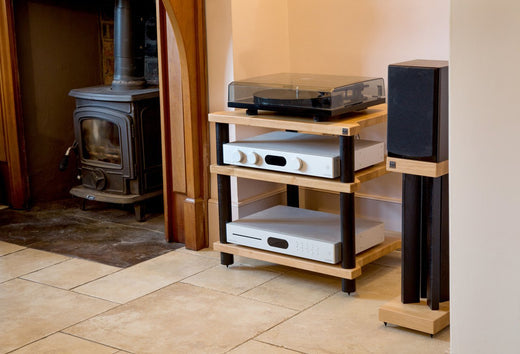
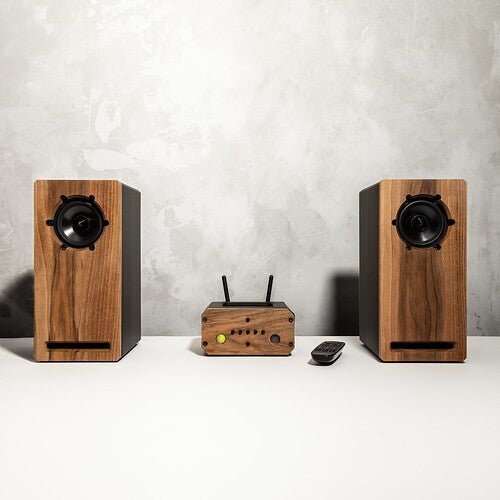
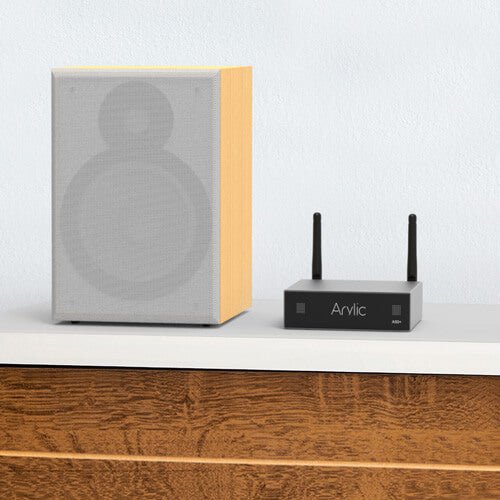
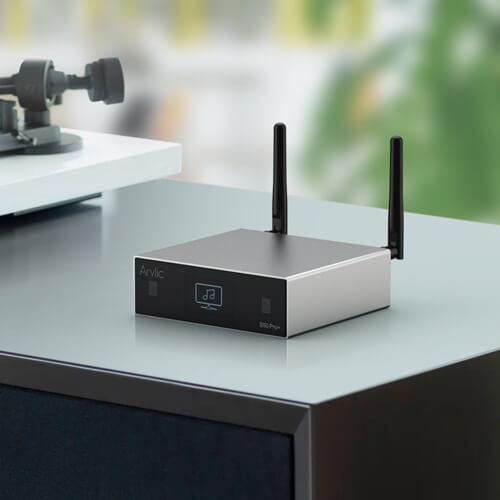
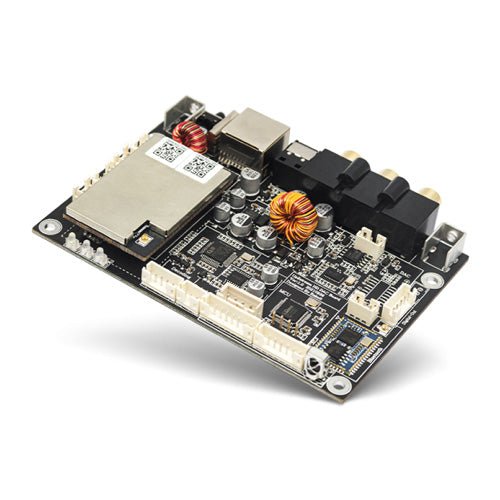
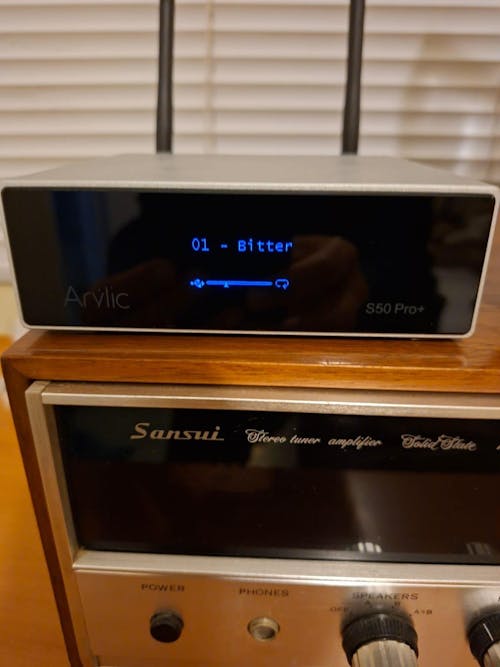
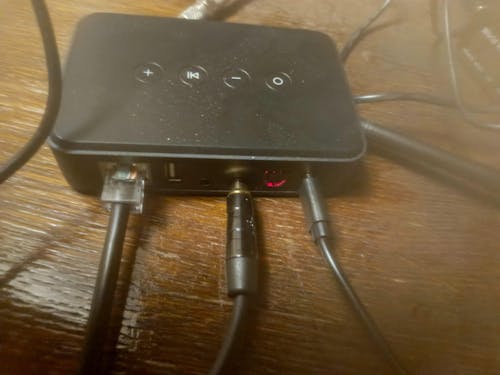
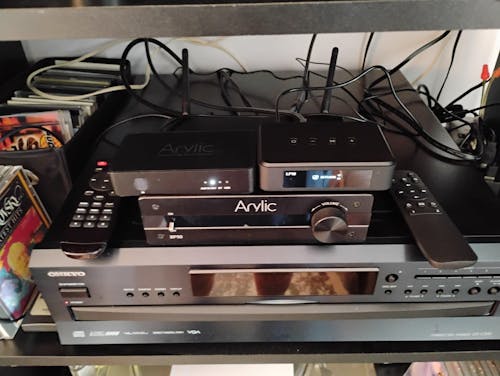
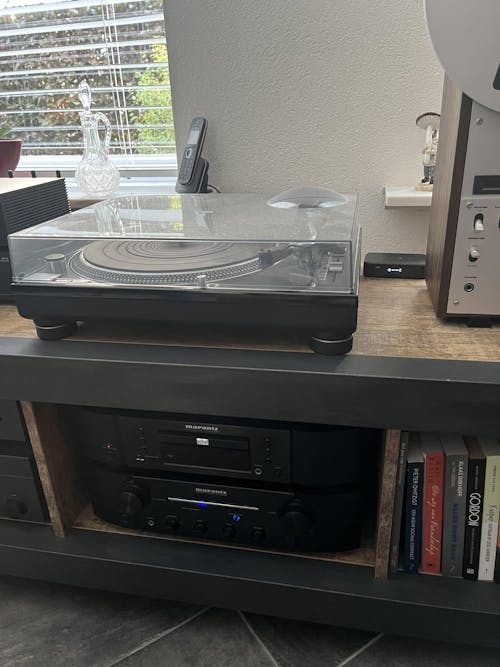
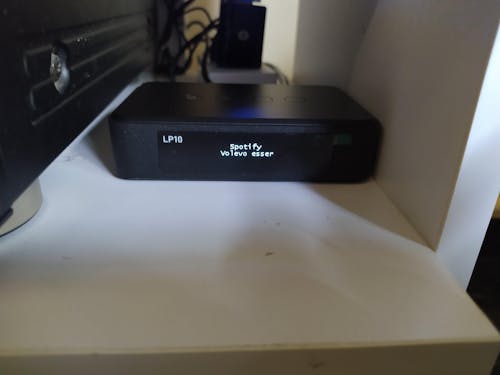
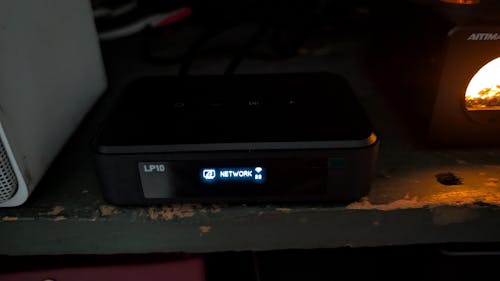
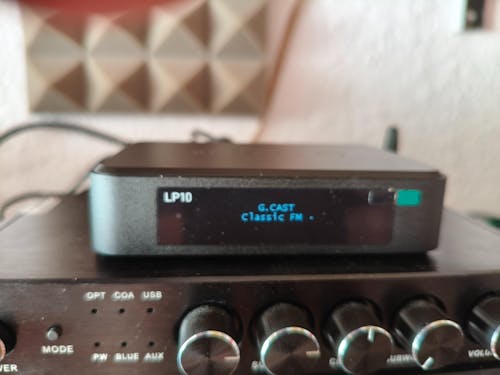


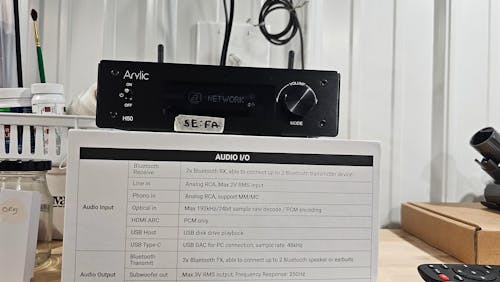
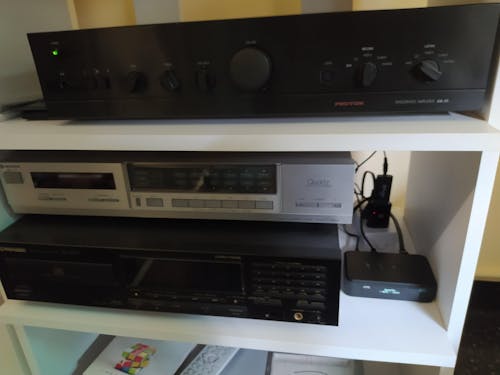
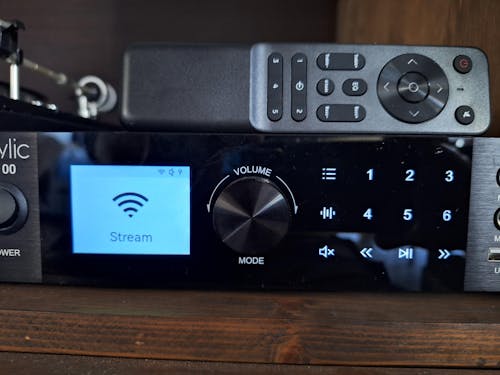
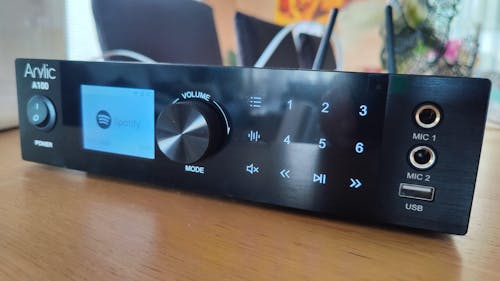

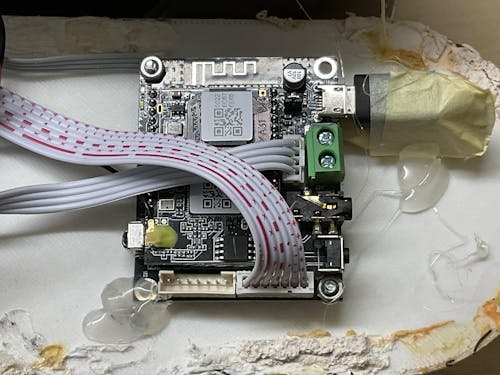
1 comment
John Ewing
Hey Wade, I’m looking at a patio install with 4 × 8 ohm ceiling speakers each with 8" driver and tweeter. 89 db sensitivity / 60 watt nominal – 120 watts max. What Arylic product will sufficiently drive these speakers?
Leave a comment
All comments are moderated before being published.
This site is protected by hCaptcha and the hCaptcha Privacy Policy and Terms of Service apply.